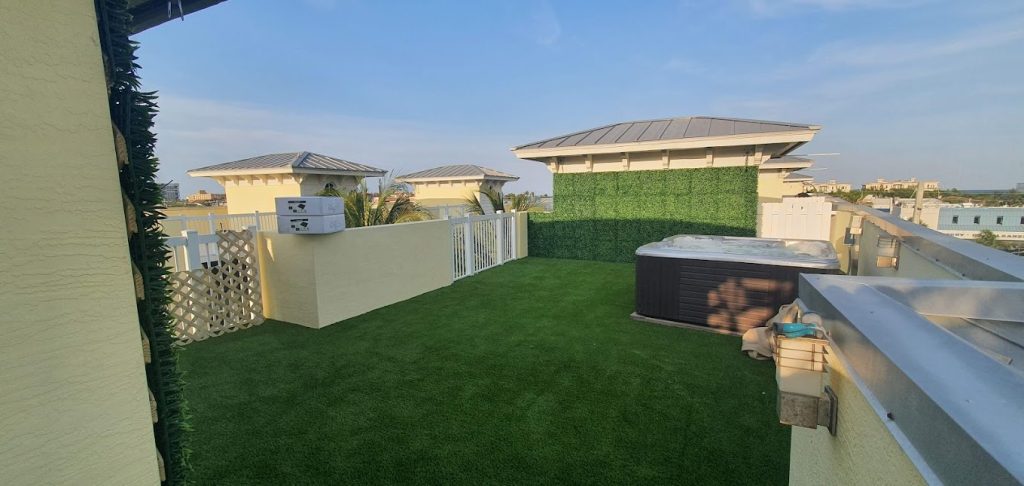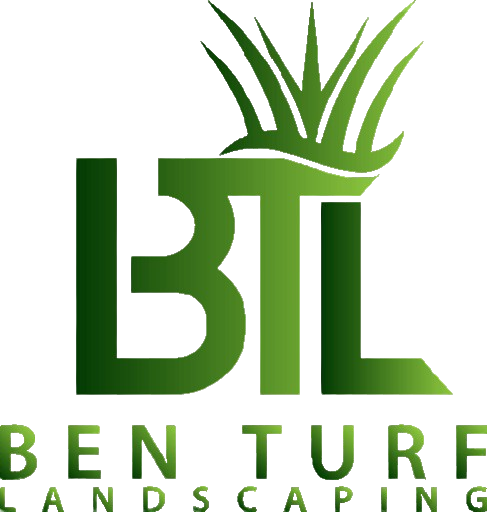
Key Takeaways
- Seaming is Essential: Proper seaming ensures a seamless, natural look and enhances the durability of artificial turf installations.
- Preparation is Key: Aligning and trimming the turf pieces correctly before seaming is crucial for a flawless finish.
- Use the Right Materials: High-quality seaming tape and adhesive are vital for strong and long-lasting seams.
- Avoid Common Mistakes: Overlapping edges, inadequate adhesive application, and misalignment can result in visible seams and compromised turf integrity.
- Professional vs. DIY: While DIY seaming can be cost-effective, hiring professionals may ensure a more efficient and flawless installation.
Artificial turf has become a popular choice for homeowners and landscapers alike, offering a lush, green lawn without the hassle of maintenance. But achieving a seamless and natural look requires more than just laying down the turf—it’s about how you seam it.
Mastering the art of seaming artificial turf can make the difference between a professional-looking installation and one that shows visible seams and imperfections. This guide will walk you through the essential steps for seaming artificial turf with ease, ensuring a flawless finish every time.
Understanding the Basics of Seaming Artificial Turf
- What is Seaming?
Seaming is the process of joining two or more pieces of artificial turf together. It is a critical step in ensuring that the turf looks continuous and natural.
Proper seaming is essential not only for aesthetics but also for durability, as poorly done seams can lead to problems like lifting or visible gaps.
- Why is Seaming Important?
Effective seaming prevents issues such as gaps, wrinkles, and visible lines. When done correctly, it ensures a smooth transition between sections of turf, making the installation look as if it were one continuous piece.
This not only enhances the appearance of your lawn but also contributes to the longevity of the turf.
The Step-by-Step Process
- Preparing the Turf
Before you begin seaming, ensure that the artificial turf pieces are properly aligned and laid out. Cut the edges of the turf pieces so they fit together snugly. The edges should be clean and straight, as any irregularities can affect the final appearance.
- Aligning the Turf
Carefully position the turf pieces so that they align perfectly. The seams should be placed in a less noticeable area if possible, such as along a natural boundary or where the grass will experience less traffic. Align the fibers of the turf in the same direction to create a more seamless look.
- Applying the Seaming Tape
Place seaming tape beneath the turf where the two pieces meet. The tape should be positioned so that it covers the entire seam area. This tape is designed to bond the turf pieces together securely.
- Using Adhesive
Apply adhesive to the seaming tape according to the manufacturer’s instructions. Be sure to use a high-quality turf adhesive designed for this purpose. Spread the adhesive evenly to ensure a strong bond.
- Pressing and Securing
Once the adhesive is applied, carefully press the edges of the turf pieces onto the tape. Use a seam roller to press down the seams, ensuring that the adhesive bonds well and the turf lies flat.
Pay special attention to the edges to prevent any lifting or gaps.
- Trimming and Finishing Touches
After the adhesive has dried, trim any excess turf or tape from the edges. Brush the turf fibers to blend them and cover any visible seams.
This will help create a natural look and ensure the turf blends seamlessly with the surrounding area.
Common Mistakes and How to Avoid Them
- Overlapping Edges
One common mistake is overlapping the edges of the turf pieces. This can create a noticeable ridge or bump along the seam. Always cut the edges cleanly and align them precisely to avoid this issue.
- Inadequate Adhesive Application
Using too little adhesive or applying it unevenly can result in weak seams that may lift or separate over time. Follow the manufacturer’s recommendations for adhesive application to ensure a strong bond.
- Incorrect Alignment
Misalignment of the turf pieces can create visible seams and disrupt the overall appearance of the lawn. Take your time to align the turf carefully and check for proper fit before applying adhesive.
The Implications of Proper Seaming
Proper seaming of artificial turf not only enhances the visual appeal but also affects the durability and functionality of the installation. Seamlessly joined turf is less likely to experience issues like lifting, curling, or gaps.
Additionally, it can improve the overall performance of the turf, making it more resistant to wear and tear.
Perspectives and Insights
- Professional vs. DIY Seaming
While seaming artificial turf can be done as a DIY project, some homeowners may prefer to hire professionals to ensure a flawless finish. Professional installers have experience and specialized tools that can make the process more efficient and effective.
However, for those willing to invest the time and effort, DIY seaming can be a cost-effective option.
- Environmental Considerations
Artificial turf is designed to be low-maintenance and environmentally friendly, but proper seaming is crucial to its longevity. Well-seamed turf reduces the need for frequent repairs or replacements, which can have a positive impact on the environment by reducing waste.
For expert advice and top-notch service in artificial turf installation, contact Ben Turf Landscaping located in Boca Raton, FL. You can reach them at (954) 932-7769.
Conclusion
Mastering the art of seaming artificial turf is essential for achieving a seamless, natural-looking lawn. By following the steps outlined above and avoiding common mistakes, you can ensure a professional-quality installation that enhances both the appearance and durability of your turf.
Ready to learn more about how to seam artificial turf and elevate your landscaping project? Contact Ben Turf Landscaping for expert advice and top-notch service.
If you’re curious about how to seam artificial turf or need professional assistance with your landscaping project, reach out to Ben Turf Landscaping today for expert guidance and quality service.
FAQs
Q: What is seaming in artificial turf installation?
A: Seaming is the process of joining two or more pieces of artificial turf together to create a continuous and natural-looking lawn.
Q: Why is proper seaming important for artificial turf?
A: Proper seaming prevents issues like gaps, wrinkles, and visible lines, ensuring a smooth transition between turf sections and enhancing the overall appearance and durability of the installation.
Q: What materials are needed for seaming artificial turf?
A: You will need seaming tape, high-quality turf adhesive, and a seam roller for pressing the seams.

